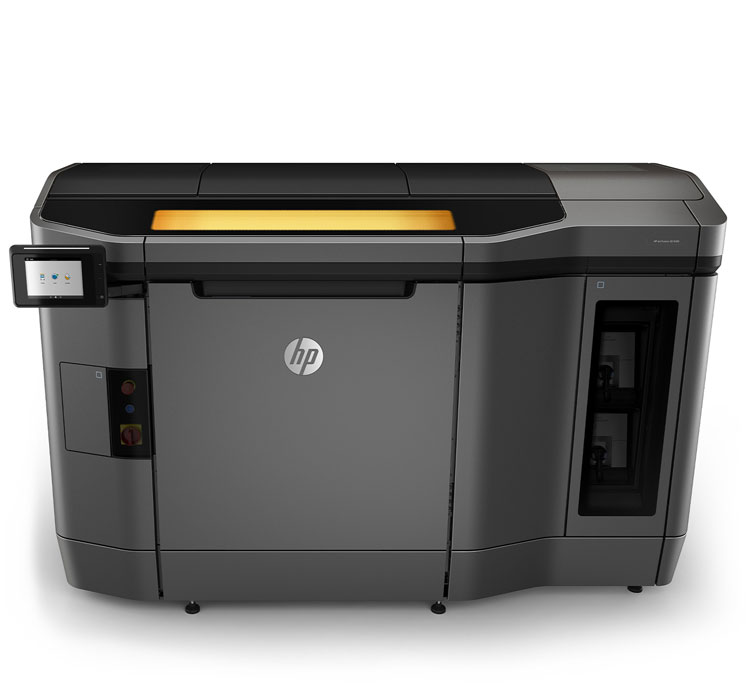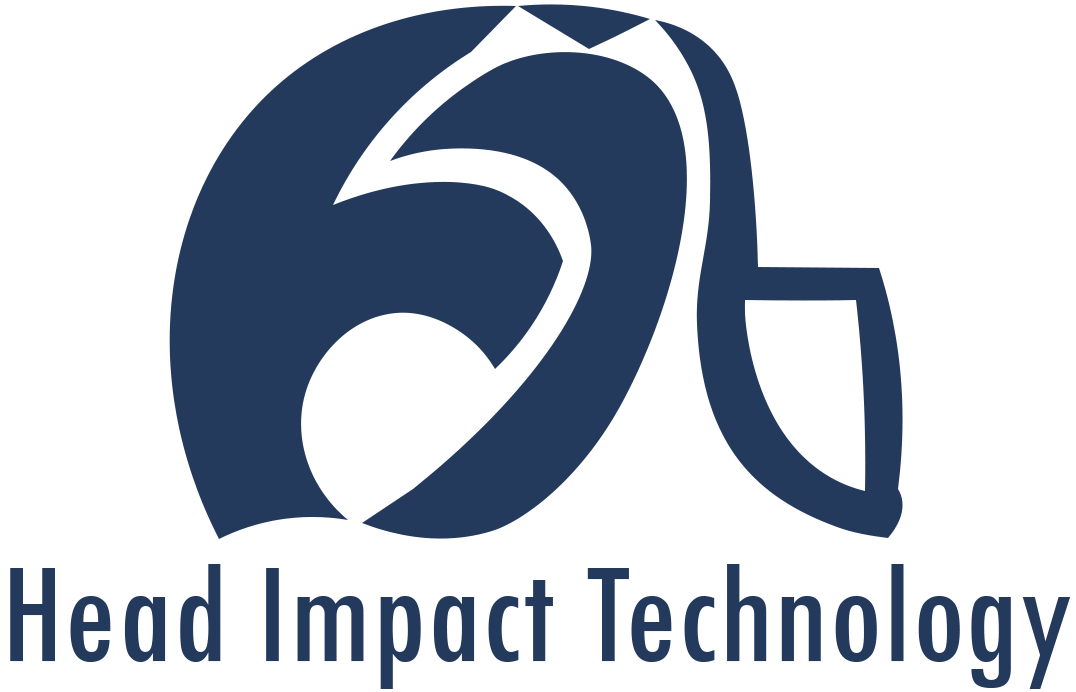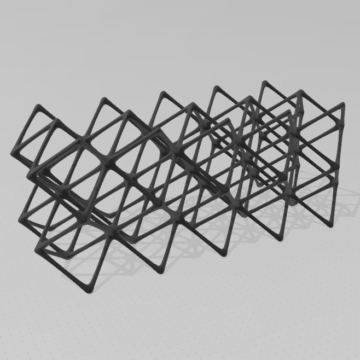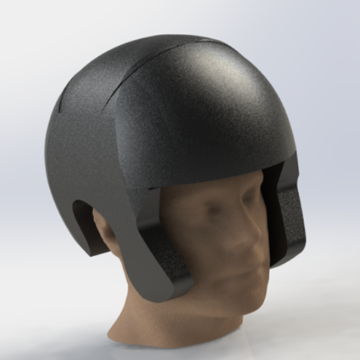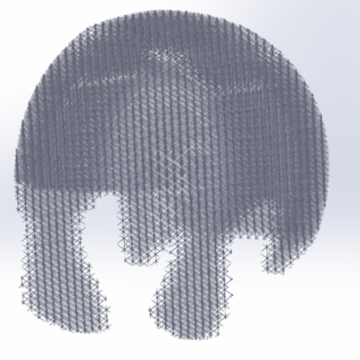Our Technology
The Design
Our pad is comprised of a compound lattice structure containing a strong inner skeleton coupled with a soft elastic coating, which provides strength and force absorbance while remaining light and comfortable.
The current competitors are Riddell, Schutt, Xenith and VICIS. Riddell is the current supplier for the NFL, and the special technology that they use for their helmets are 3-D printed lattices that fit the shape of the helmet and absorb direct and rotational impacts. In their more affordable models, advanced foam padding is utilized. Schutt implements the use of pillar supports made of Polyurethane (TPU), which is an effective material for impact energy absorption. Xenith helmets have pods that can move around and deform which act as a shock-absorbing suspension system. Finally, the Vicis helmets have pillars that buckle and deform when subjected to large forces. While all these companies use various structures and materials, they leave many opportunities to be discovered.
As athletes, we are familiar with the term “bend, but don’t break”. Our lattice pad is built to do exactly that. The use of a strong but flexible nylon skeleton provides the force absorbent properties necessary in a high-impact protective pad, while remaining tough and exhibiting high recoverability. Equipping this skeleton with a soft elastomer coating not only provides comfort for the user, but also dampens response upon impact, which keeps the pad from compressing too quickly, allowing the skull to slow down and which helps to reduce concussion risk.
This compound structure brings out the best in both materials, combining the high stress resistance of the nylon with the high strain resistance of the elastomer. This promotes high toughness in the material: as the nylon begins to reach its ultimate tensile strength, the elastomer begins to fill any voids created in the nylon due to strain, prolonging its life and enhancing its elastic recovery. This innovative combination makes our pad unlike any other available on the market.
How We Are Making Our Protection More Accessible To Everyone
The machine that makes it possible to turn our ideas into reality is HP’s Multi Jet Fusion 4200. This state-of-the-art 3D printer allows us to stay ahead of the game against the largest football helmet fabricator competitor: Carbon. HP’s printer contains a large printing bed that supports up to 6x the print volume of Carbon’s Stereo-lithography machines. In addition of being capable to mass produce thousands of components in a single print bed, the printer does so in much less time. With Fusion Bed Deposition technology, our team can come up with intricate and complex designs and fabricate them in a short amount of time, providing protection that is low cost and accessible.
